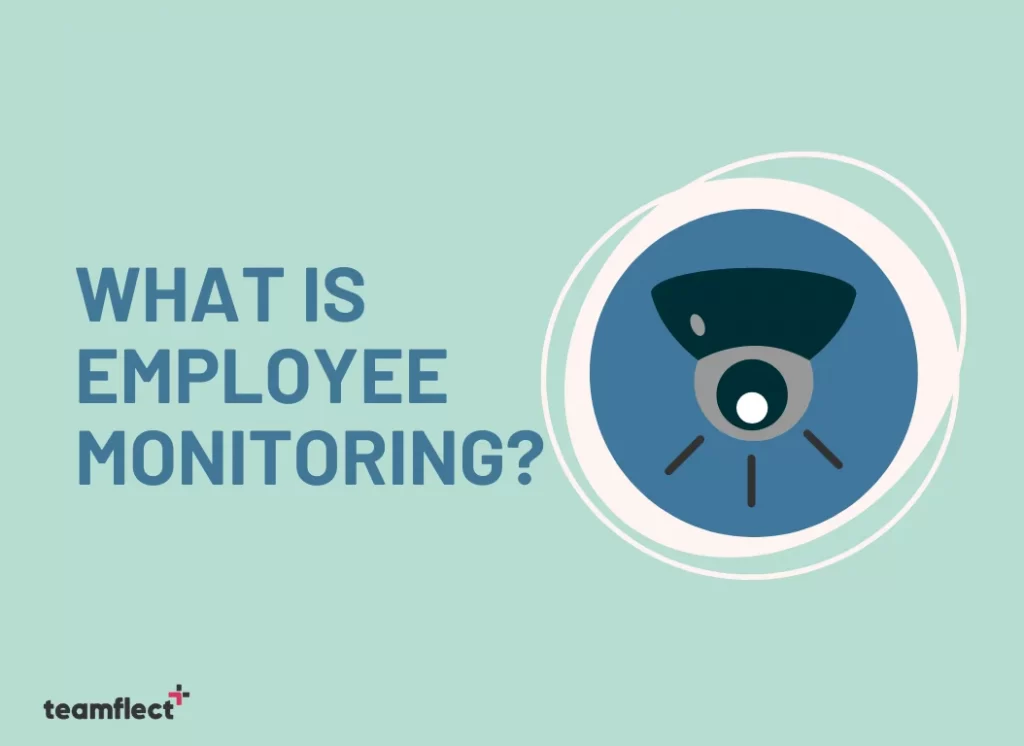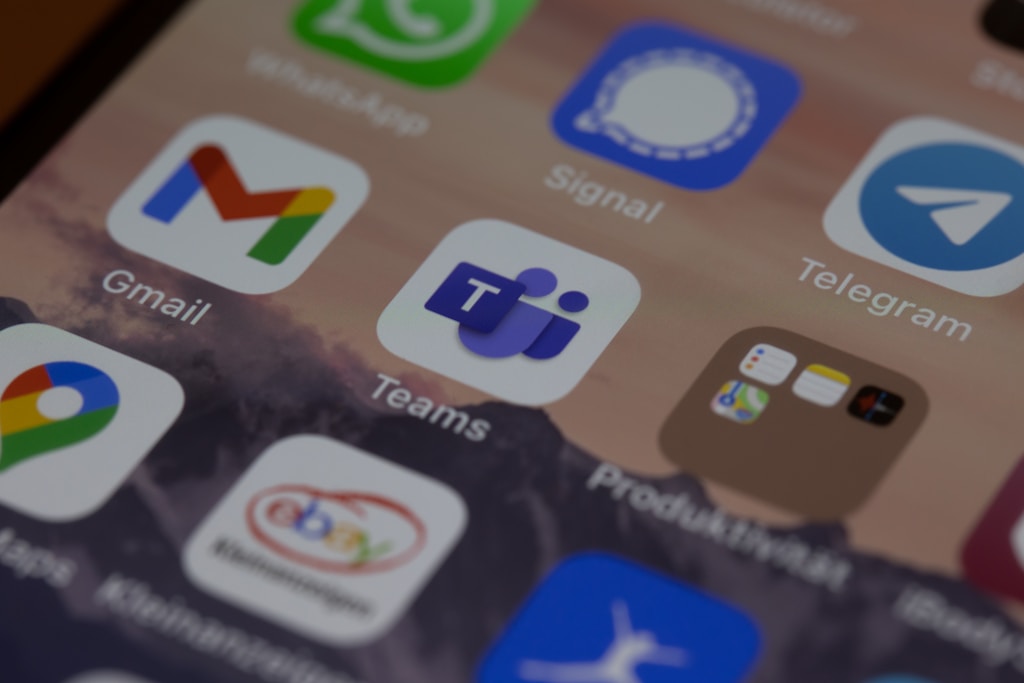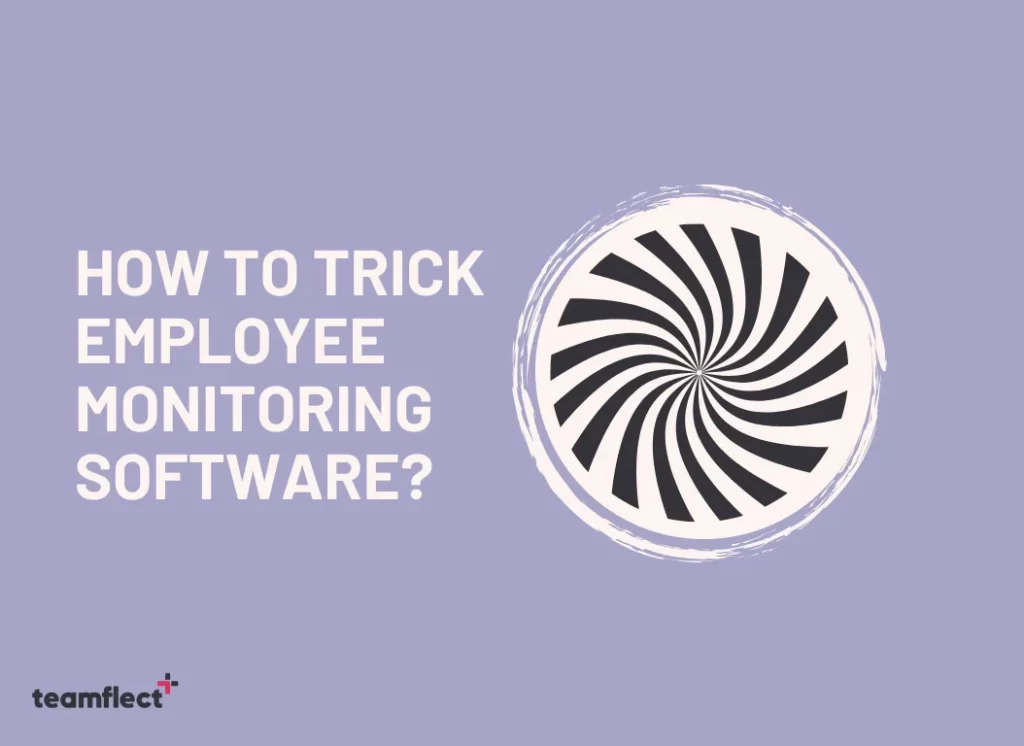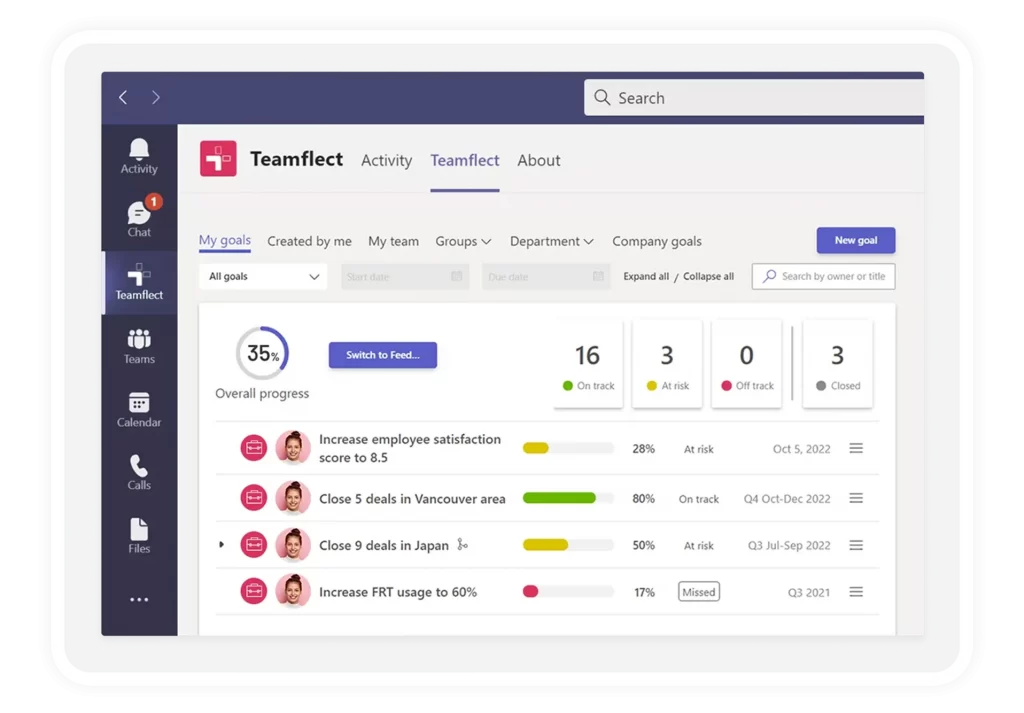How old is the discussion surrounding employee monitoring? Before the incredible explosion in popularity that remote working models experienced in the past two to three years, the employee monitoring conversation was rather simple.
The understanding was that if you were in an office, using company gear, the employers could keep track of everything you were doing on their hardware. That does make sense to a certain degree. Now that the entire concept has evolved into remote employee monitoring, things aren’t as simple anymore.
It is when remote models gained popularity and communication software such as Microsoft Teams became staples of such models that the entire conversation got a bit stranger. Now that people are working from home, using their own equipment, the waters are a bit murkier than they were before.
With the existence of free employee monitoring software, time tracking software, and various communication tools with differing ranges of privacy, the confusion surrounding this issue is perfectly reasonable.
So in this brief follow-up piece to the excellent: Can Your Employer Spy On You via Microsoft Teams? written by the magnificent Emily Helen Arnold, we will be answering some of the most popular questions on this subject to clear the air once and for all.
If you are curious about the legal side of this discussion you should definitely read up on Max Freedman’s comprehensive piece on the matter: Spying on Your Employees? Better Understand the Law First
The real question when it comes to employee monitoring and Microsoft Teams isn’t “Can I spy on my employees via Microsoft Teams?” but “Should I spy on my employees via Microsoft Teams?”
Table of Contents
What Is Employee Monitoring?

Employee monitoring is an umbrella term for any and all tools, methods, and strategies used by employers in the surveillance of their workplace, employees, and the performance of said employees.
Tools used in this regard can range from employee monitoring software, security cameras, time-tracking software, GPS trackers, and if you are feeling particularly”Bond-Villainy”; biometric scanners.
What is time-tracking software?
Let us open a separate entry just for time-tracking software as it is one of the most common tools used in employee monitoring. Business managers can monitor how much time employees spend on specific tasks by using time-tracking software. Tracking employee attendance and measuring employee productivity are among its key features.
Does employee monitoring increase productivity?
These tools are more often than not used to increase security and boost performance. While the security aspect is perfectly understandable, we believe that after a certain point, employee monitoring hits a point of diminishing returns when it comes to increasing employee productivity.
Employee productivity isn’t about “Stopping your employees from slacking off!” or “Staying on top of them at all times!”. Those are practices from a bygone era and they won’t be missed. Boosting employee productivity today is achieved through the following steps:
- Employee engagement
- Effective performance management
- Employee recognition
- Goals & OKRs
- Feedback
All five entries on the small list above have one thing in common and that is mutual trust. When you ride the employee monitoring train for a certain amount of time, you damage that trust, adversely affecting the very same productivity you were aiming to boost.
Can You Spy On Your Employees Via Microsoft Teams?

When you use Microsoft Teams, does it track your activity? That’s true, but Microsoft does this in an effort to help companies stay compliant and secure. Basically, everything you create using Microsoft Teams is visible to your employer.
Microsoft Teams tracks a lot of information about your actions. We compiled a very detailed list of what your employer can see on Microsoft Teams, despite the fact that we cannot tell you exactly how Microsoft Teams tracks users:
- One-on-one, group chat messages.
- Deleted Teams chat messages
- All the actions that are taken inside of Microsoft Teams such as creating a team, deleting a team, logging in, and logging out.
- All the content employees create in Microsoft Teams channels including the tabs that were added
- All the apps used inside of Microsoft Teams. Employers can see the name of the applications but not the content created inside them.
- All the Microsoft Teams meetings that created or joined – subject, time, duration, attendees, etc.
- All the Microsoft Teams meetings recorded – including the content
- All the files that created inside Microsoft Teams. Since Microsoft Teams uses OneDrive and Sharepoint, all the files created are indexed and searchable by company administrators.
- The brand and model of the headset participants use when they join meetings
- The number of messages, and meetings created
- The IP address employees use to login to Microsoft Teams
- The device that employees use to login into Microsoft Teams
- The operating system of the mobile device that employees login to Microsoft Teams
How To Trick Employee Monitoring Software?

For as long as surveillance tools have existed, so have ingenious ways to avoid them. That is the case with remote employee monitoring as well. With how popular remote employee monitoring is, it is no surprise that many different strategies were devised to avoid the watchful eye of remote employee monitoring software.
Another not-so-surprising fact is that many of these tricks to avoid remote employee monitoring software were devised by students trying to cheat their way through remote education!
- Using multiple monitors
- Automating the movements of your mouse
- Tampering with the software and disabling it
- Creating false timesheets
- Using browser tabs as decoys.
Pros And Cons Of Microsoft Teams Employee Monitoring
To make an informed decision, you should consider the pros and cons of using Microsoft Teams employee monitoring.
Pros of Microsoft Teams Employee Monitoring
It can be used to estimate workloads and team size
Knowing how long it takes your staff to complete specific milestones each week will help you set an ambitious but achievable goal. For instance, if you’re an editor who wants your writers to produce 25 articles per week but notices that it takes them at least four hours to complete one article, you’ll need to change your goals or hire more writers.
It can prevent security incidents
Businesses that have suffered a significant security breach may find it useful to monitor their employees. The employer is entitled to know if a worker is disclosing private company information to third parties.
Organizations may initiate action against employees who are violating their contracts or putting the organization in legal trouble. A company is often protected by implementing some kind of employee monitoring before they have to face terrible financial consequences.
It can be beneficial for the employees
Employees might be putting in more time than was specified in their contracts. Since their employers are aware of how much time the employees put in, they won’t be able to argue that the employee isn’t working during regular business hours. So, monitoring can be advantageous for the employees.
Cons of Microsoft Teams Employee Monitoring
It can lower job satisfaction
Employees generally expect a certain level of trust from their employers since many businesses take pride in their corporate culture. Employee comfort in the workplace and job satisfaction may suffer if they learn that their managers are looking through their emails, listening to their phone conversations, or even using their webcams.
The Right Software To Boost Productivity

If you are using employee monitoring or remote employee monitoring tools for security purposes, that is perfectly fine. However, if you are using remote employee monitoring tools to increase productivity, then your time and effort would be much better spent invested in another type of software.
Instead of breaking the bank on remote employee monitoring software, you should consider investing in performance management systems. They will undoubtedly accomplish all of your productivity-boosting goals without hurting the mutual trust you have established with your employees.
If you aren’t sure about which performance management software to invest in, you can check out our list of the Top 10 Best Performance Management Software Of 2022.
If you are an organization using Microsoft Teams, then there is no better alternative than Teamflect. With complete Microsoft Teams integration and extensive goal & OKR setting capabilities, you won’t need to monitor your employees to keep track of performance!



